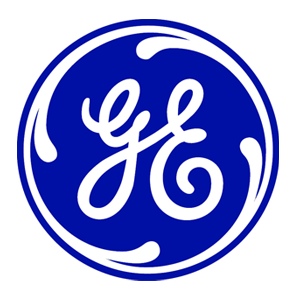Meet the Makers: 3D Printing Design Challenge Finalists Have Global Roots

Meet the Makers: 3D Printing Design Challenge Finalists Have Global Roots
The maker movement is a big community of students, manufacturing enthusiasts and hobbyists using cutting edge tools and design software to find better ways to make things. In the U.S., they meet in TechShop workshops and flock to Maker Faire fairs to innovate and exchange ideas. But the results of GE’s latest manufacturing challenge show that the movement resonates far beyond America’s borders. It is an international affair.
GE and GrabCAD, working closely with digital strategy firm Undercurrent, just announced 10 finalists of the 3D Printing Design Quest challenge to redesign a jet engine bracket, make it lighter, and print it on a 3D printer. There were more than 700 entries and the finalists come from nine countries as different and far apart as Hungary, which has two, and Indonesia. They will each receive $1,000.
The bracket is a key jet engine component. It supports the weight of the engine during handling and must withstand strong vibrations during flight.
GE engineers will now manufacture the 10 designs and put them through mechanical tests at GE Global Research in upstate New York. The load testing will take place between Sept. 17 and Nov. 15 and the top eight designs will share a total prize pool of $20,000. “We have entered into a new era of manufacturing that is leveraging the proven power of open innovation,” said Mark Little, chief technology officer at GE Global Research. “Additive manufacturing is allowing GE, together with the maker community, to push the boundaries of traditional engineering. These finalists have demonstrated what can be achieved by embracing this more open, collaborative model.”
The point has not been lost on New York Times columnist Thomas Friedman who wrote about the Quest challenge in his latest column. “When G.E. is looking to invent a new product, it first assembles its own best engineers from India, China, Israel and the U.S,” he writes. “But now it is also supplementing them by running ‘contests’ to stimulate the best minds anywhere to participate in G.E.’s innovations… I saw one prototype that was 80 percent lighter than the older version…A majority of entries came from people outside the aviation industry.”
Explore our slideshow featuring designs from the 10 finalists. The judges also recognized several “special mention” entrants who were noted for creativity expressed in some aspects of their design, including the use of spring design, mesh design and aggressive topography optimization. They are listed here.

